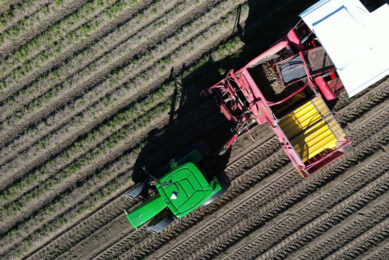Sensors can identify herbicide resistant weeds in fields

Identifying herbicide resistant weeds in fields could become much easier, by simply using a sensor on crops.
Identifying resistance currently requires intensive bioassays in glass houses, enzyme assays or gene sequencing, which take time and are costly. However, analysing the colouration of leaves after being sprayed could be one quick and easy alternative.
Pei Wang, at the University of Hohenheim in Germany, is investigating the use of imaging technology to identify resistant populations of silky bent grass, a particular weed problem in Germany.
Herbicide resistant weeds
Results show that the Weed Pam sensor can detect weeds with a strong resistance to ALS (acetolactate synthase) and PSII (photosynthetic) inhibitor herbicides. “It offers an easier and faster way of detecting resistance, allowing farmers to take action in the same growing season.”
However, Wang adds that silky bent grass with a low resistance to acetyl coA carboxylase (ACCase) inhibitor herbicides cannot be differentiated from a sensitive population and more work is needed to develop the approach, which may be applied to other weeds.
Dr Wang was speaking at the recent European Conference on Precision Agriculture, held in Edinburgh.
Join 17,000+ subscribers
Subscribe to our newsletter to stay updated about all the need-to-know content in the agricultural sector, two times a week.



